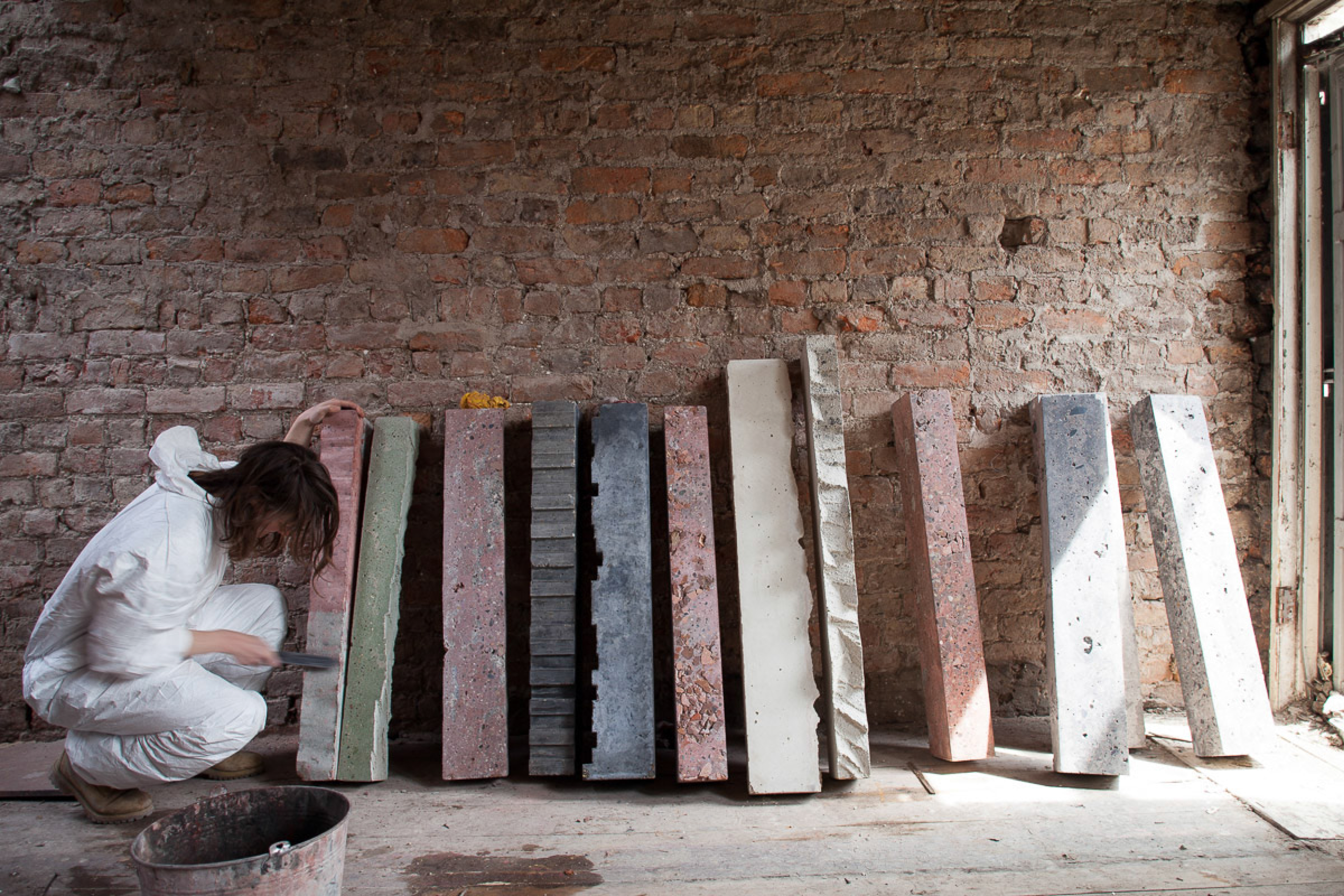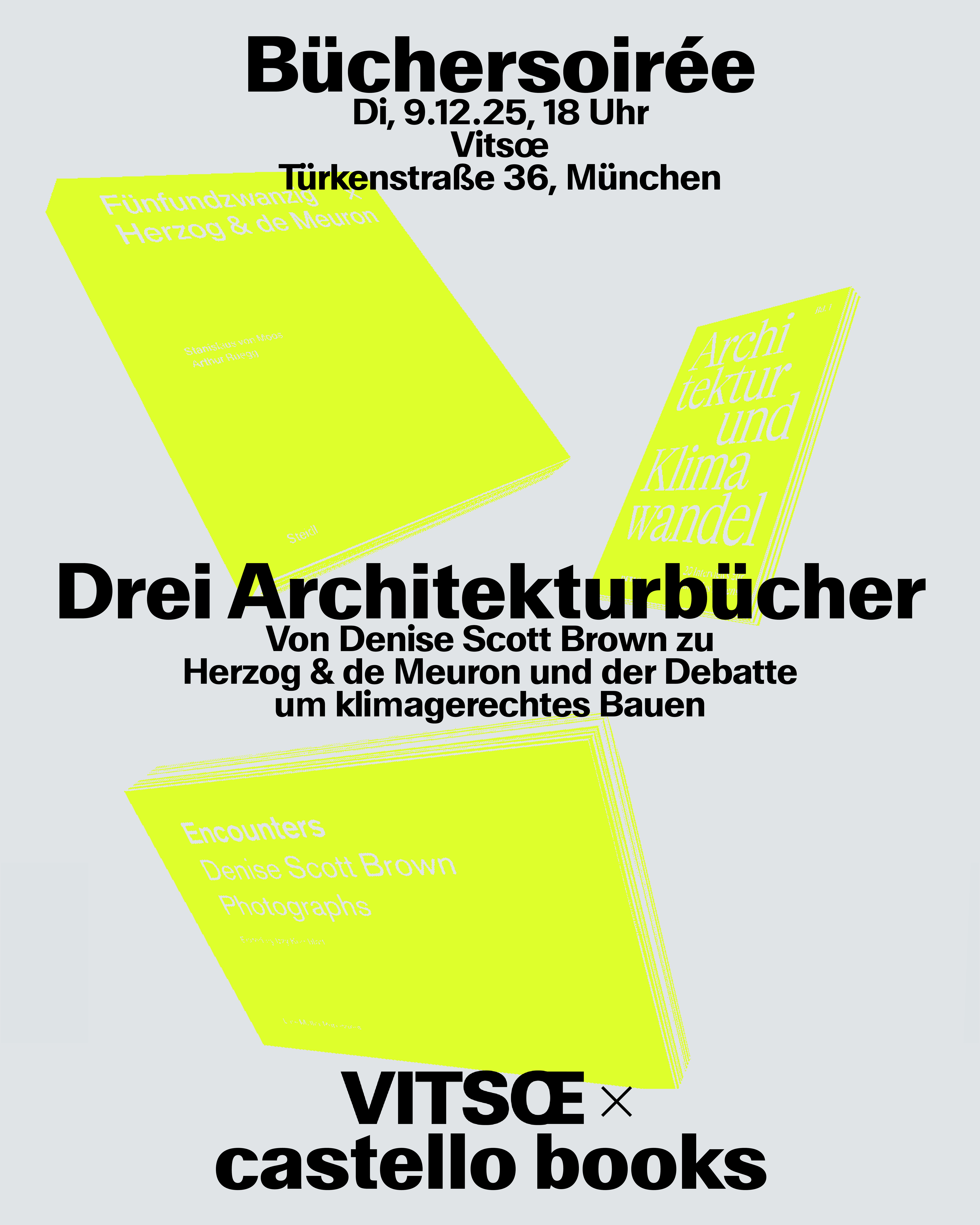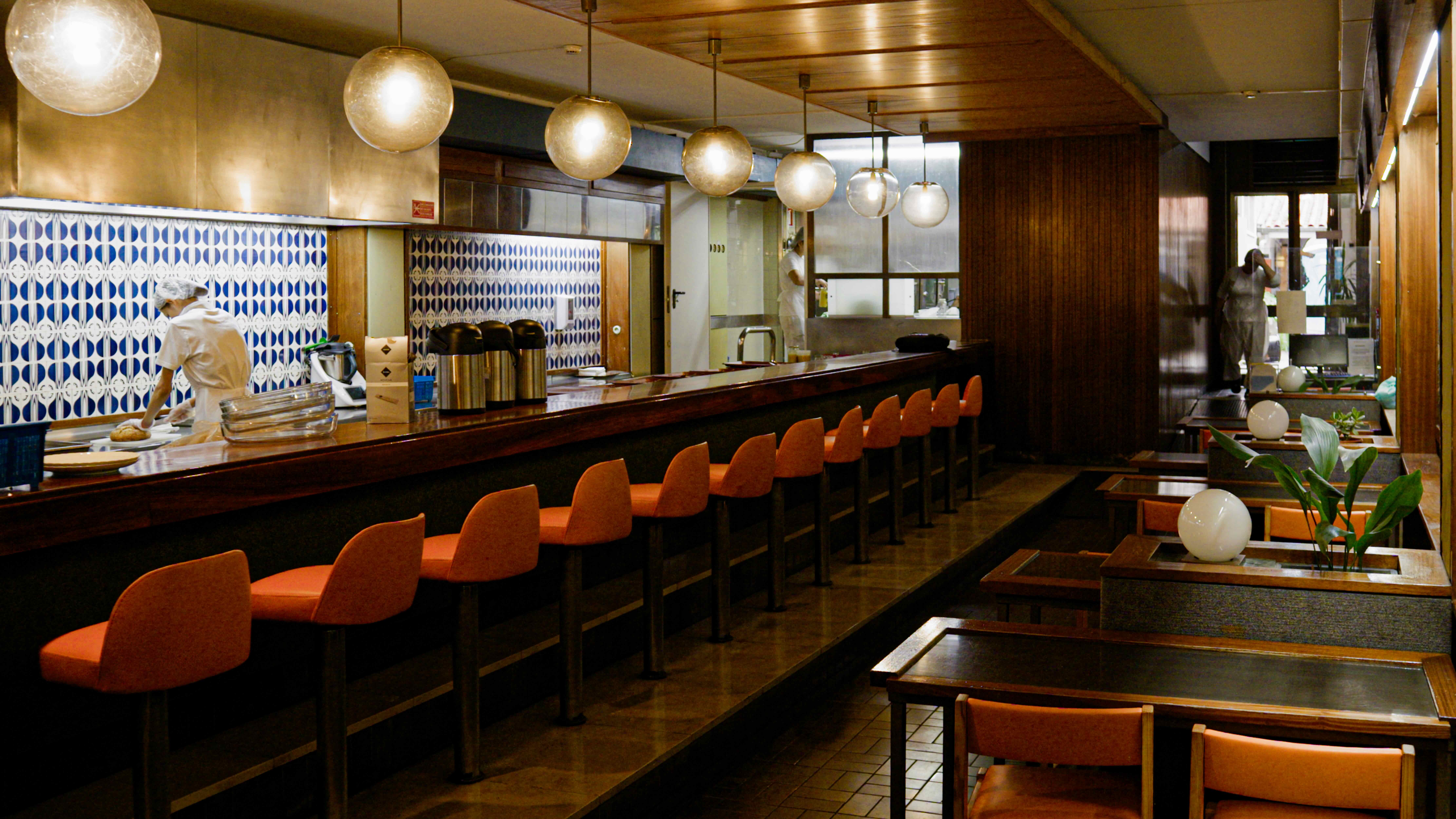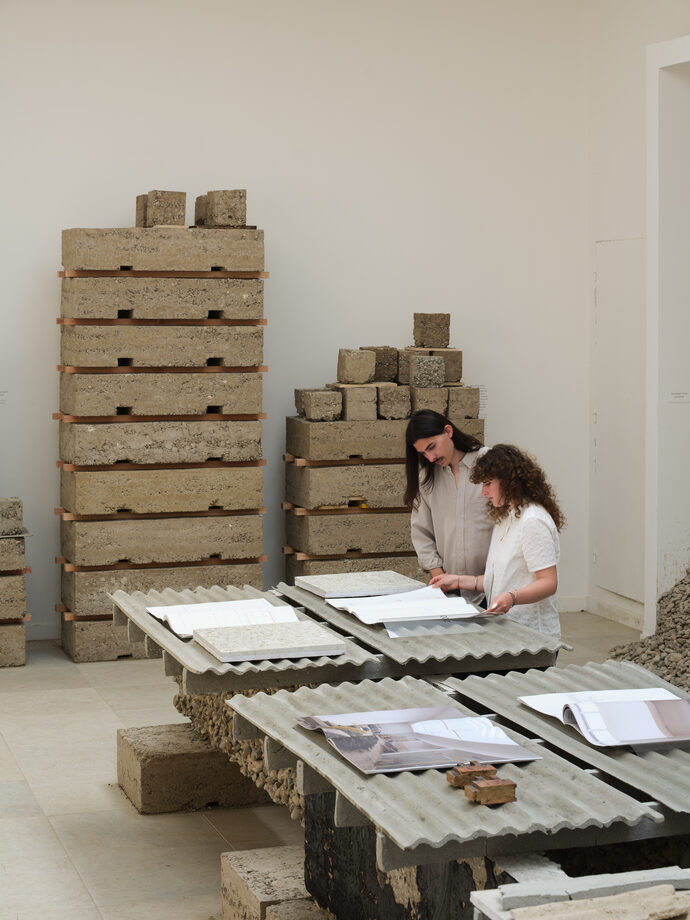It should actually have been a shining moment in the firm’s history; one that would demonstrate Porsche’s potent economic power. But the signs of the times didn’t want it that way. The opening of the new Porsche Museum in
Stuttgart Zuffenhausen fell in the middle of the recession. Flagging sales and forced production breaks have even reached the Swabian sports car manufacturers’ luxury segment. The German auto industry’s fat years are over. Still, the large building on Porsche Square 1 announces Porsche to the world as if there were no crisis.
The sleek new museum by Viennese architects Delugan Meissl cost a total of 100 million euros – about twice what was originally estimated. ‘We owe it to our customers,’ says Porsche board spokesperson Anton Hunger. Still, the powerful new structure is an investment that even a client like Porsche has to answer a few critical questions about in economically challenging times.
Directly next to the commuter train tracks, the white box rises out of a cityscape of faceless commercial and office buildings. Edged corners and racy lines mark the structure’s smooth, homogenous surface, which languidly looms over the grounds. It’s an immense box that represents the prelude to the Porsche factory grounds in Stuttgart Zuffenhausen. ‘We wanted to translate the Porsche myth into architecture,’ explains Roman Delugan, referring to the company’s core values of passion and vision, power and ease. The Viennese architects weren’t intimidated by the sports car manufacturer’s corporate identity, which dictates that even the telephone numbers are adjusted to the digits 911. Four years ago, when the architects won the invited competition against nine other architecture offices, they had already formulated individual semantic goals in their architectural language. These proved to be congruent with the Porsche image. Fast starts and stops, speed and statics, innovation and tradition were the central parameters, says Delugan, as he continues on his tour through the new museum: ‘We’re very happy with the result,’ he says. The Viennese architects are known for dynamically flowing spaces, with which they made a name for themselves years ago in the bold vision of thePenthouse Ray 1 on an office building’s roof. Their office, founded in 1993, has since grown to five partners.And the sites of their new major projects range from Amsterdam to Amman. Yet, the architects have always remained true to the principles and worlds of imagination. Thus, even at the Porsche Museum, Delugan Meissl Associated Architects were after a sensual effect – a concept they call ‘physiological aesthetics’ in reference to Friedrich Nietzsche.
Although this approach was doubtlessly taken at Porsche’s bastion, in many respects the building is missing a certain lightness. Instead of floating with an airy convertible-car feeling, the massive 35,000-ton giant appears to take some effort to lift itself off the ground.
It is an act of power in which the structural engineers had to go to the edge of the physically possible: The steely load-bearing construction of the monstrous container is made of 6,000 tons of steel – almost as much as the Eiffel Tower calculated with methods used in bridge building, three huge pylons support the structure. ‘We all actually expected a loud crash. Which, thank God, didn’t happen,’ says Delugan, grinning as he describes the anxiety within his planning team. Upon closer view, the apparently jointless, impeccable look of the 5,000 squaremeters surface of the façade reveals itself as a mosaic of diamond-shaped powder-coated aluminium panels. Surrounded by street axes, the structure protrudes 40 m into Porsche Square’s circular traffic and opens with a glass front façade facing the factory grounds like a huge street show. Highly polished stainless-steel plates on the monolith’s underside reflect the light pavement of the square. The building has no front or backside, and the nearly invisible entrance is easy to overlook. Around 200,000 visitors per year are expected in the new Porsche Museum. Instead of the 20 cars that Porsche had crowded into a small plant hall at the entrance of the firm’s grounds, there are now more than 80 cult cars displayed on 5,600 squaremeters of space. The narrow foyer appears in sleek, monochromatic white, with which the interior spaces reverentially and entirely bow to the exhibited cars. White glass-block floors and angular balustrades in white solid mineral surfaces characterize the immaculate interior spaces.
Past the glassy museum workshop in which specialists tinker with the exhibition’s automotive gems, the path leads via two long escalators up to the actual exhibition space. ‘We want to build up the drama,’ is how Martin Jost, project director at Delugan Meissl Associated Architects, explains the strikingly narrow stairway to heaven that dramatically expands upwards. Finally in ‘Kosmos’ (which is what the architects call the huge exhibition space), visitors are first confronted with the aluminium body of the Berlin-Rome car, placed on a pedestal made of green recycled glass. Constructed in 1939 by Ferdinand Porsche, the exhibition piece symbolizes the original idea of the travel sports car and therefore the Porsche myth’s origins. A look into the museum’s huge exhibition space shows a varied, almost vertiginous white landscape: ramps, edgy corners, pedestals and jagged curves accelerate into high speed,but then shift down several gears and come,now and again, to a stop.
The concept of the ‘physiological aesthetic’ can be experienced as a racing track. The only disadvantage of the otherwise unique Kosmos, which stretches over several levels, is its light. The windowless space barely offers a reference to the outside world. The implied speed
therefore exists without a comparison and relies solely on artificial light. So the Kosmos is raised form the earth’s surface, but could just as well have been shoved under it. The only colours in the room are those of the cars: these are the true display pieces in an architecture that remains reserved and represents an edgy counterpart to the curved lines of the Porsches. Stuttgart’s office HG Merz Architekten Museumsgestalter, which had already taken on the job of creating the exhibition architecture for the Mercedes-Benz-Museum, conceived the Porsche show ‘Rolling Museum’. As a rule the red, green and even brightly colourful sports cars are not set on pedestals. ‘We hope the cars aren’t petted to death!’ says Hans Günter Merz, half-jokingly and half seriously. Touching is, in any case, allowed. Via an elevator, the cars can be driven out of the museum: even old timers are regularly used in various races and can thereafter be tuned in the workshop in the ‘basement’. All attention is focussed on the cars, and even the exhibition plaques are low-key. What’s fundamentally avoided is the historical or cultural background of the Porsche saga. Neither the Nazi past of Ferdinand Porsche, who designed the KdF car (‘Kraft durch Freude’ – Power through joy’) a forerunner to the VW bug, for Hitler, nor the price of these high-powered, impressive vehicles is addressed,not to speak of a look at coming developments. ‘It’s purely a museum for men,’ says Hans Günter Merz, laughing.
His tossed-off comment definitely doesn’t agree with Porsche’s corporate identity. Entire raceways and roads are created to advance the high-horsepower engine’s myth. But instead of the stories around the brand – like that of James Dean, who drove a 550 A Spyder to his death in 1955 – only the empty fetish is presented in the white building.
Text: Sandra Homfmeister





